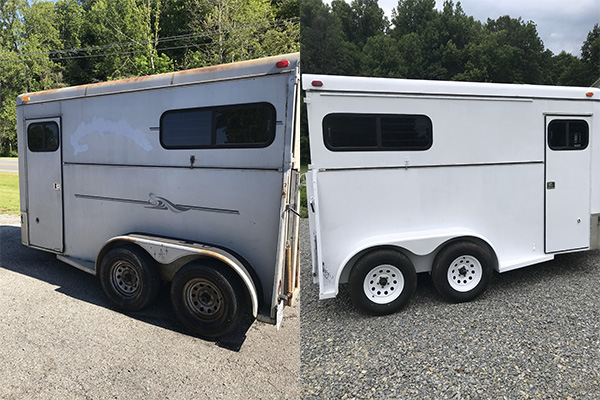Few paint contaminants are as annoying as bugs and tar. They can remain even after several car washes and damage today's clear-coat finishes. Bug splatters typically end up on the front of the hood and fenders, while road tar tends to stick to the rocker panels behind the tires. However, specially formulated car wash supplies can actually make it easier to remove tar from your car, not to mention those unsightly bug guts!

Source I Maria Stiehler/Unsplash
Products that can help
Bug and tar removal products come in several forms, including soaps, sprays, and creams. To use a tar removal soap, apply directly to the stain and let it soak in before normal washing.
Spray-on car wash products are another easy way to attack bug and tar stains. Simply squirt the product onto the stain and allow it to penetrate. Gently wipe away the newly dissolved stain with a clean towel. Repeat if necessary.
Creams are the oldest style of bug and tar removers. Apply them onto a cloth and gently rub the stain until it breaks down. Then, wipe away the cream product and stain residue with a clean towel.
Whichever product you choose, apply only as much elbow grease as it requires to remove the residue, so you don't scratch your paint.
Preventing bugs and tar from sticking to your paint
An ounce of prevention is worth a pound of cure, so once a week wipe down the front of your vehicle and rocker panels with a microfiber sponge and warm water. No soap necessary. If you live in an area that sees intense bug seasons, like Florida with its love bugs, apply a healthy layer of car wax to the front of your vehicle.
A light coat of baby oil will also do the trick. Never use non-stick cooking sprays. The spray leaves a sticky residue that eats your paint and makes you long for the good old days when you just had to deal with the bugs. Bug shields and screens can keep your radiator and grill clean as well.
Do you have tips for getting tar and bugs off a car? Share your experience in the comments.







